The University of Sussex’s Ion Quantum Technology Group, headed by Professor Winfried Hensinger, has been selected to participate in the European Quantum Technology Flagship initiative.
The prestigious Flagship will see Europe positioning itself at the forefront of the global race to build a quantum computer and to see quantum technologies become a reality. This win places the UK, and Sussex itself, at the heart of the race.
Professor Hensinger’s team is part of a €2.4m project – ‘Microwave driven ion trap quantum computing’ – and they will be working alongside research groups from the Foundation for Theoretical and Computational Physics and Astrophysics (Bulgaria), Siegen University, Hebrew University of Jerusalem and Leibniz University, Hannover. These research groups have expertise in compact microwave technology, which currently exists in mobile phones but which may be critical in advancing quantum computing technology.
Prof Hensinger’s team unveiled the first blueprint for a practical large-scale quantum computer last year, which they are now constructing in their lab at the University of Sussex. The group will use the £550,000 funding which will come to Sussex, as part of the wider project, to get even closer to building a large-scale quantum computer.
Prof Hensinger says: “I’m incredibly proud that the hard work, expertise and ingenuity of Sussex’s Ion Quantum Technology Group has been recognised by the European Commission and that we are among a handful of institutions selected for the prestigious Quantum Flagship initiative. It’s particularly encouraging given the background of Brexit – especially given the uncertainty for other UK scientists on the Galileo satellite navigation system project.
“We’ve seen Europe lag behind on other technological revolutions, and so it’s crucial that the hive of world-leading quantum research activity is focused on placing Europe at the forefront of the biggest technological conundrum facing the world today: how to build a quantum computer.”
The Flagship has been divided up into five areas: communication; computation; simulation; sensing and metrology; and basic enabling science required in those areas. The Sussex project falls under the basic science category, for which there were only seven successful projects out of 90 submissions.
What the Sussex team will do
The team will work on improving the error rates within the quantum computer they are developing. This in turn will impact the size and efficiency of the trapped-ion computer that they are in the process of developing. At present, it is estimated that the ultimate computer would fill the size of a football pitch. By focusing their efforts on reducing the magnitude of errors produced, they can in turn reduce the number of components – or qubits – which will shrink the overall size of the computer. Prof Hensinger estimates that it might be possible to bring the computer down to the size of a house.
Additionally, work over the next three years will focus on improving the resilience of the quantum computer as well as the implementation of early quantum programs to be executed on quantum computer prototypes.
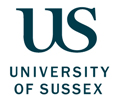
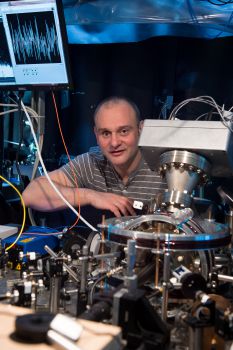
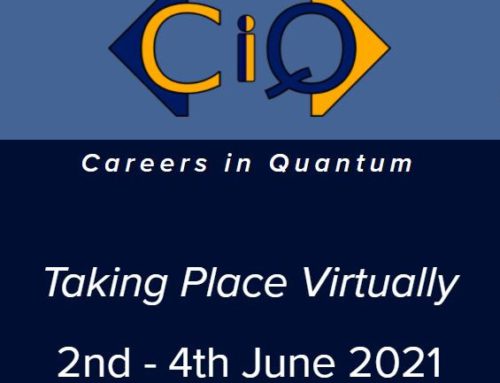
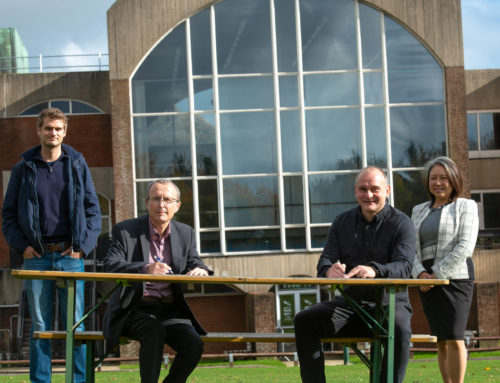
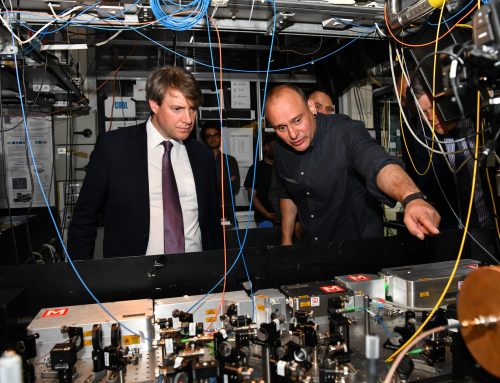
Leave A Comment
You must be logged in to post a comment.